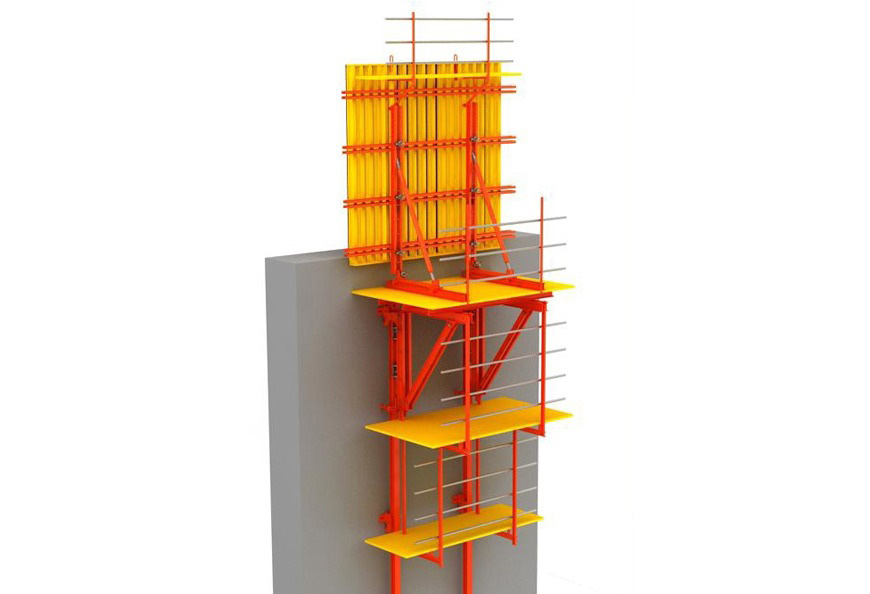Brief Analysis of the Climbing Form
(2023年)https://www.teconform.com/formwork-positioning.html
https://www.teconform.com/products/climbing-formwork/
1. What is the climbing form?
Climbing form, also known as climbing shuttering, is a formwork china technique suitable for the construction of cast-in-place reinforced concrete vertical or inclined structures, such as walls, bridges, and tower columns. Climbing form can be divided into two types: "frame climbing form" (namely formwork climbing frame, shelf climbing form) and "non-frame climbing form" (namely formwork climbing form).
Climbing form is a formwork technique that integrates the processes and characteristics of large formwork and sliding formwork, and has the same advantages as large formwork and sliding formwork, which is especially suitable for the construction of super high-rise buildings.
Like the sliding formwork, it is attached to the vertical structure of the building during the structural construction stage, and rises layer by layer with the construction of the structure, so that the formwork does not occupy the construction site and does not use other vertical transportation equipment. In addition, it is equipped with operating scaffolding, which has reliable safety enclosure during construction, so there is no need to erect external scaffolding, which is especially suitable for constructing multi-story or high-rise buildings on a relatively narrow site.
2. The development of climbing form
Europe has already begun to develop the climbing form in the 1970s. In the process of popularizing the use of sliding formwork, people found that since the formwork slides against the concrete surface, the frictional resistance will be great, and it will crack or take away the concrete that has been poured in the formwork. Therefore, for the cylinder wall of large inclination, the method of lifting the formwork after pulling it away from the concrete surface has gradually appeared in the construction site. Or the method of sliding frame inverted form to reduce the frictional resistance during lifting can be adopted. In view of the fact that the lifting point of the sliding formwork is at the upper end of the support rod (or climbing rod), a variety of measures need to be taken to maintain stability. People found that it is better to land the lifting point on the hardened wall at the lower part of the formwork. It is easier and more stable. In view of this, in many construction sites at home and abroad, under different engineering and equipment conditions, different forms of climbing form systems have appeared. They have used winches (reverse chains) or lead screws as lifting facilities, and have achieved successful experience for high-rise buildings. During construction, it can also save materials of supporting formwork and speed up the construction progress.
- このできごとのURL:



コメント